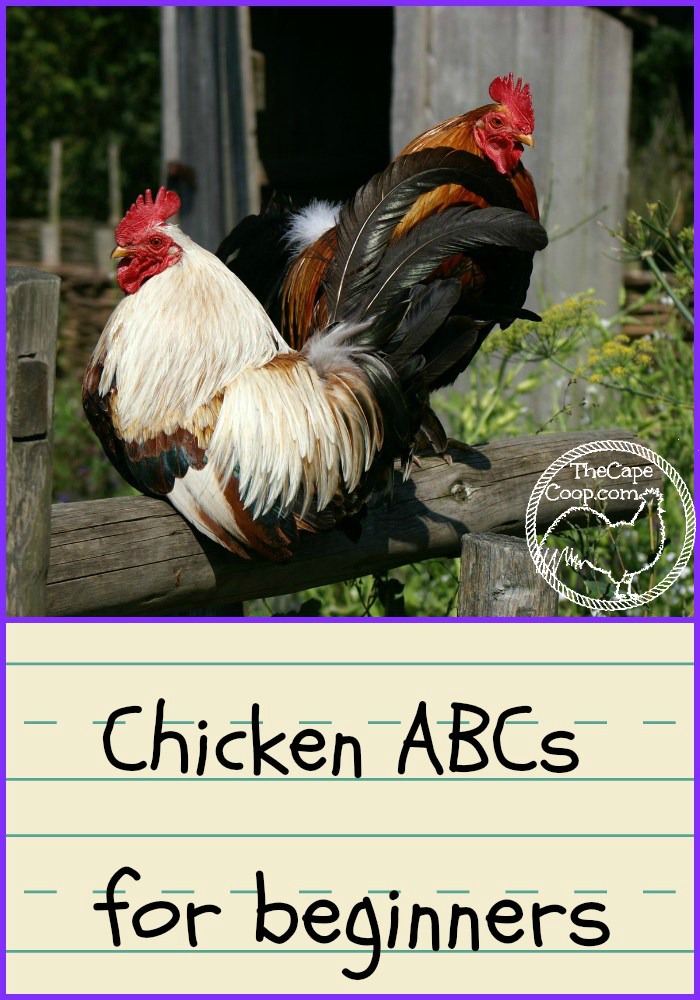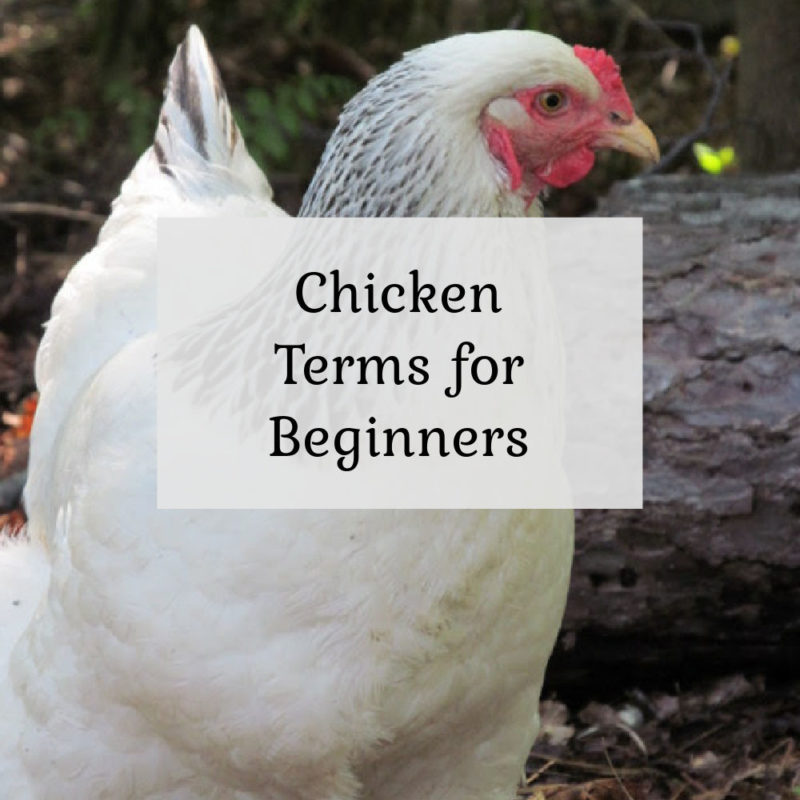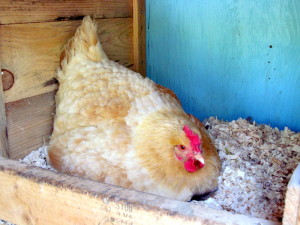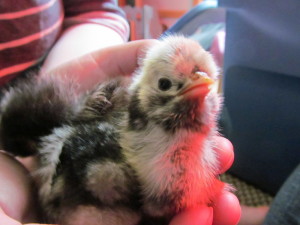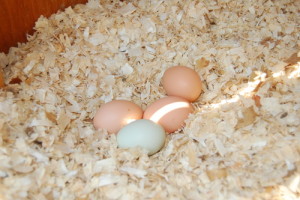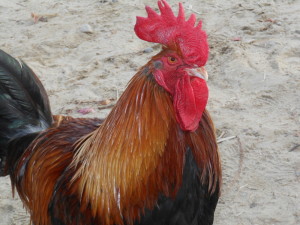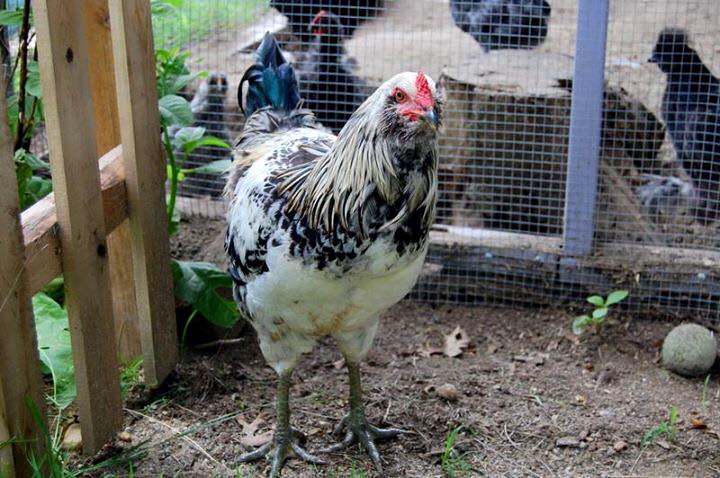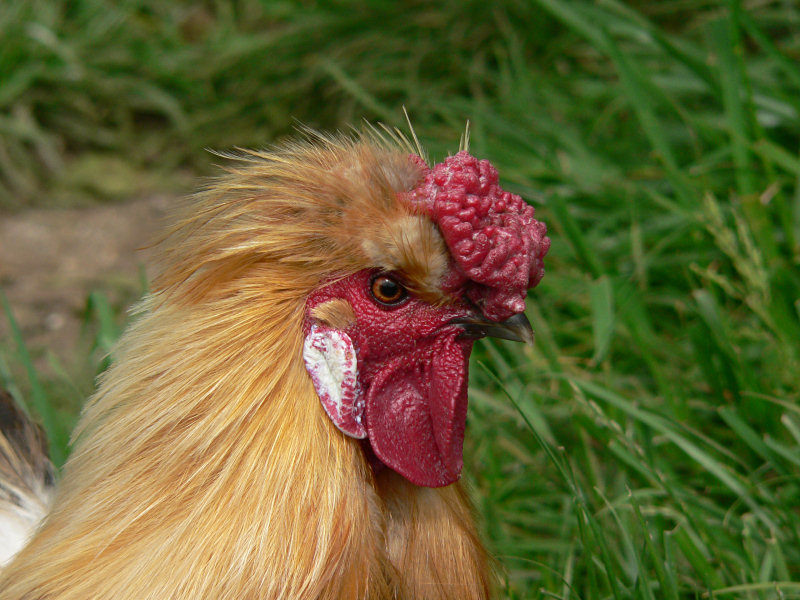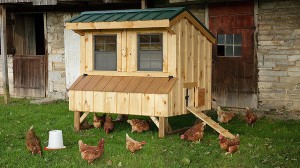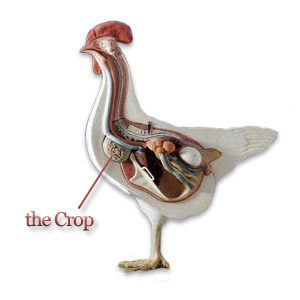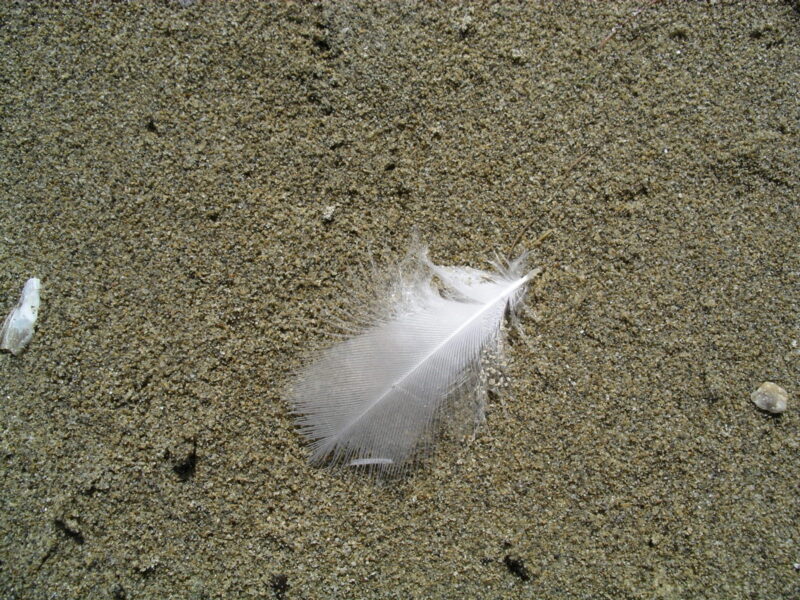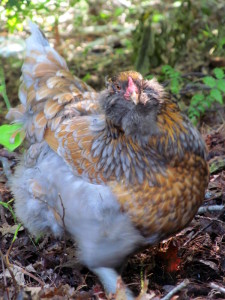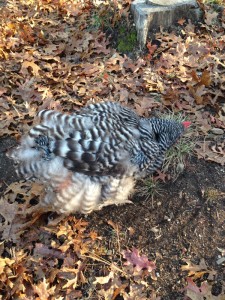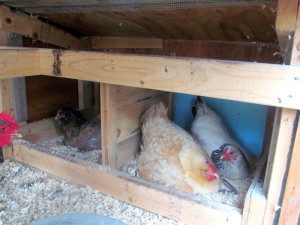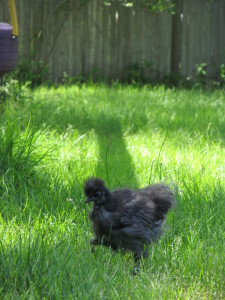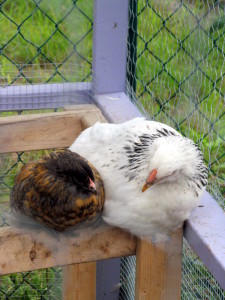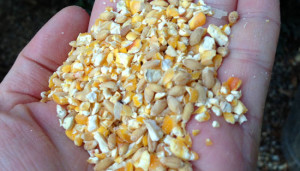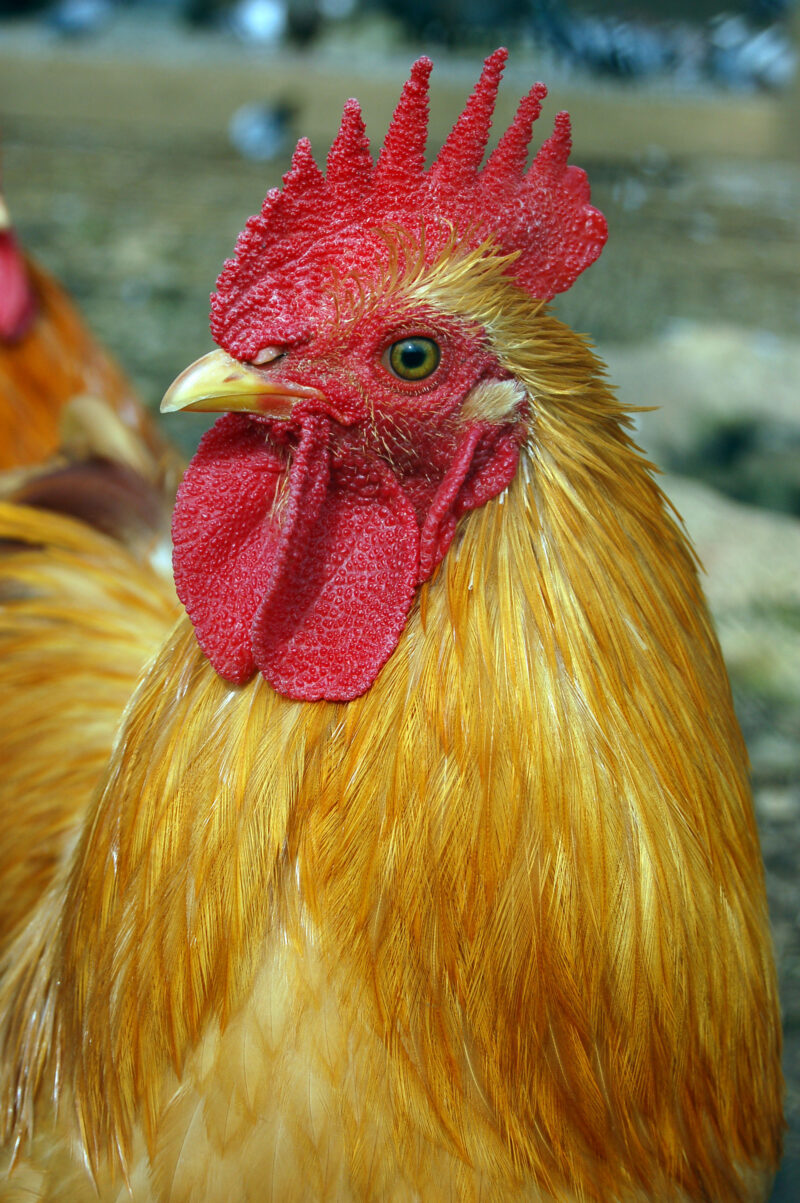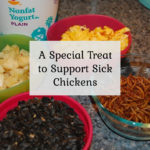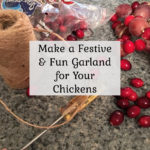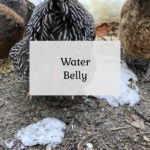---------------------------------------------------------
One of the challenges in beginning a new adventure is learning how to speak the language. Wondering the difference between a pullet and a hen? What the heck is a crop? Scroll down to learn Chicken Terms for Beginners for terms all new chicken owners should be familiar with!
Bantam: A bantam is a “mini” chicken, often the smaller version of a standard breed, these chickens can be 1/4-1/2 the size of a standard chicken.
Brooder Box: A box with a heat lamp used for raising baby chicks for the first several weeks of their life
Broody Hen: A hen that has decided it’s time to hatch a clutch of eggs. Kind of like a moody teenager, she will sit in her box nearly 24 hours a day, leaving only to relieve herself & eat (even if you keep collecting the eggs from under her and she is sitting on an empty nest). You can use a broody hen to hatch fertilized eggs. Click here to read more about hatching eggs with a broody hen
Chick: A newly hatched or very young chicken, generally until the time they are fully feathered out (about 6 weeks old)
Clutch: A group of eggs together in one nest
Cock (or Rooster): a male chicken that is at least 1 year old
Cockerel: a male chicken that is under 1 year old
Comb: a fleshy growth on top of the chicken’s head. The comb is generally red (but not always) and is larger in males than in females. Combs come in dozens of shapes and sizes from a tiny pea comb to larger combs like the walnut, rose or cup comb. Click here to read more about chicken combs
Coop: an enclosed house where the chickens live, they often have an attached, wire enclosed chicken run – but not always
Crop: part of the chicken’s digestive system, located at the base of the neck. It stores ingested, but undigested food
Dust Bathing: a common chicken behavior of “bathing” in dust in a shallow hole, it helps to keep away mites & other parasites. Click here to read more about dust bathing
Gizzard: internal chicken organ that crushes food with the help of small pebbles and grit
Grit: Bits of rock, shell or sand that chickens use to break down food
Hen: A female chicken that is over 1 year old
Molt: A time when the shedding and growing of new feathers takes place
Nest Box: A box designed for hens to lay their eggs in, it could be made of wood, a plastic bucket, a large bin, any number of items. Click here to read about building nest boxes
Pullet: A female chicken that is under 1 year old
Roost: A perch used by the chickens where they can rest off the ground. Can be made of a branch or thin piece of wood.
Scratch: A type of feed that contains cracked corn and whole grains, used as a treat, not a main source of feed
Vent: The backside of the chicken where wasted is eliminated and eggs are laid
Wattle: Thin strips of flesh that are located on either side of the throat or beak. They are typically red (but not always) and larger in males.
